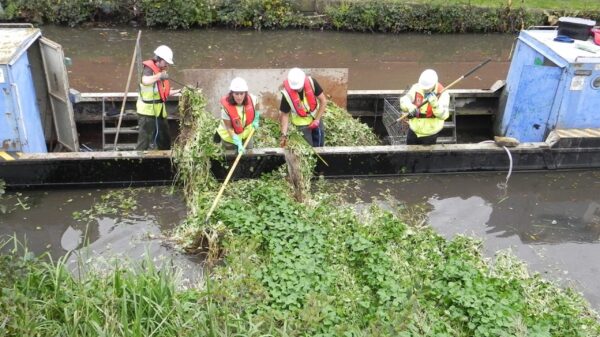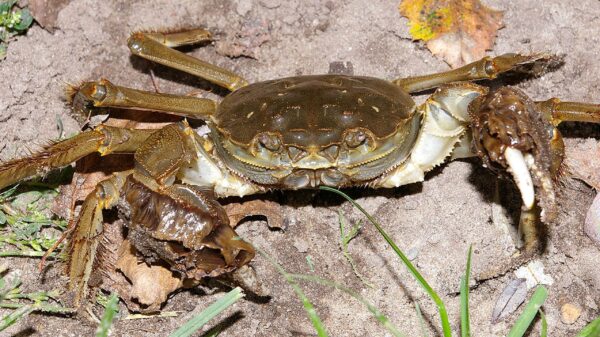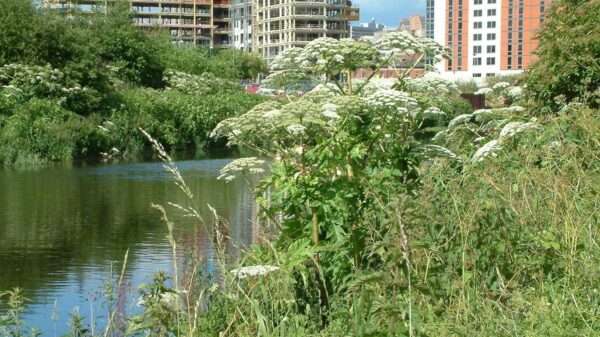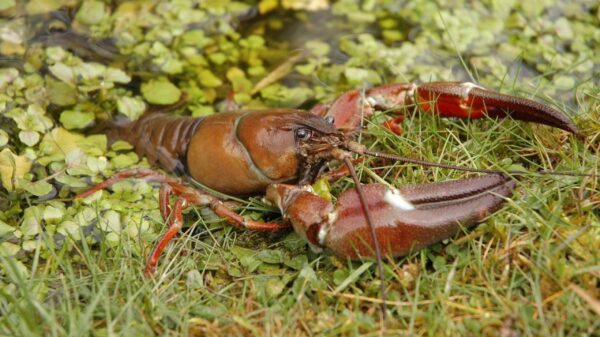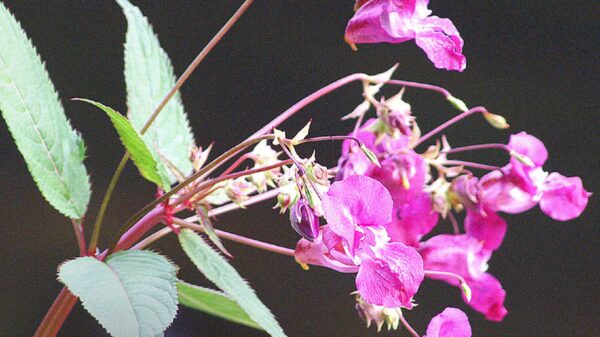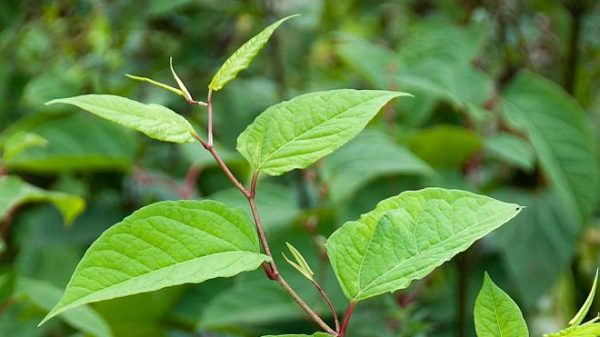A step by step guide to planning a work party
Himalayan Balsam is an invasive non-native species that crowds out other plants. Himalayan balsam pulls up fairly easily and is completely non-toxic. So if you have some on a waterway near you, why not organise a Himalayan Balsam work party? Below is a step-by-step guide to help you start planning as well as some useful resources to help you on the day.
The steps
- Permission – Contact the relevant landowner and/or navigation authority for permission.
- On Canal & River Trust waterways contact your local Volunteer Co-ordinator for advice and assistance.
- Agree a date, start time and meeting point with everyone. (The best time of year for pulling up Himalayan Balsam is during June and July).
- Publicise the event – Put posters in the locality, tell your local press, invite local groups to join in.
- Agree method to be used – if there are large expanses of just Himalayan Balsam then it may be useful to slash, strim or cut it below the lowest node. Where it is growing in amongst other native plants, pulling it up is the best way. Any control should be undertaken before the plant flowers and sets seed, usually in July.
- Agree locations (off the main towpath) where the pulled up plants will be left to rot (or, any alternative method agreed with the landowner, eg putting it all into empty builders sacks to rot down).
- Risk assess – Look at the Himalayan Balsam pulling work party risk assessment and adapt it taking into account specific considerations for your site.
- On the Day – encourage volunteers to turn up to spend a couple of hours in the fresh air by their local waterway. Encourage families to come along – children are welcome so long as they are supervised by a parent or other nominated adult.
- Tell everyone about it – including the local press, and don’t forget to send photos and a write up to the IWA Branch Campaign Team so that it can be included in a round up of Himalayan Balsam work parties on the waterways this summer.


